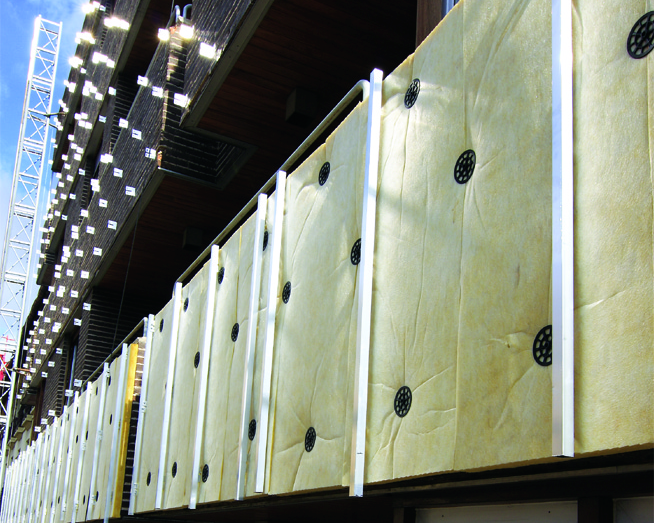Why should the EU make buildings more energy efficient – and how?
1/ The European Union must respond to the global climate emergency. Buildings are a vital enabler of the transition to a low energy, low-carbon society.
2/ Buildings use more energy and emit more CO2 than any other single-sector of the EU economy. Achieving a highly energy-efficient and decarbonised building stock by 2050 is possible but action and cooperation between policymakers, industry and society at large are urgently needed: Educate – Regulate – Facilitate.
3/ Europe's biggest domestic energy source is energy efficiency. The most sustainable energy is saved energy, so energy policy needs to be centred around Energy Efficiency First! Capturing energy efficiency’s full potential with the help of mineral wool insulation will allow for a faster roll-out of renewable energy technologies, while improving energy efficiency in buildings will reap a range of ancillary societal benefits.
4/ Most buildings occupied in 2050 have already been built – the main challenge is to renovate them and make them more energy efficient. At the moment, buildings are replaced and refurbished very slowly – at current rates, it would take over 100 years to achieve a highly energy-efficient, decarbonised building stock.
5/ Without accelerating the renovation rate and depth of the EU building stock, it will be impossible to achieve climate-neutrality. 75% of European buildings were built with minimal or no energy-related requirements, offering a massive margin-for-progress through renovation and insulation. With the existing EU renovation rate around 1%, it needs to rise to 3% to deliver the EU climate & energy goals.

